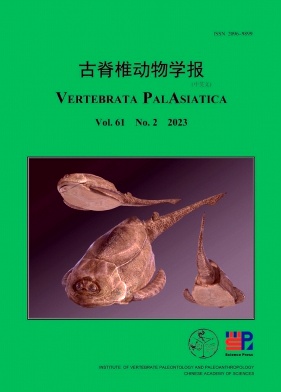
古脊椎动物学报
古脊椎动物学报
- 主管单位: 中国科学院
- 主办单位: 中国科学院古脊椎动物与古人类研究所
- 分类: 生物学
- 下单时间: 1-3个月
- 国际刊号: 2096-9899
- 国内刊号: 10-1715/Q
- 期刊详情
- 栏目设置
- 期刊荣誉
- 期刊文章摘录
- 相关期刊
- 点评详情
 期刊投稿1-3月见刊
期刊投稿1-3月见刊 订阅咨询一站式咨询服务
订阅咨询一站式咨询服务 杂志投稿在线杂志订阅
杂志投稿在线杂志订阅 发表咨询专人持续跟踪服务
发表咨询专人持续跟踪服务
期刊详情
- 期刊介绍
- 主管单位:中国科学院
- 主办单位:中国科学院古脊椎动物与古人类研究所
- 出版地方:北京
- 快捷分类:生物
- 国际刊号:2096-9899
- 国内刊号:10-1715/Q
- 邮发代号:2-569
- 创刊时间:1957
- 发行周期:季刊
- 期刊开本:16开
- 下单时间:1-3个月
- 业务类型:杂志服务
古脊椎动物学报简介
本站主要从事期刊订阅及增值电信业务中的信息服务业务(互联网信息服务),并非《古脊椎动物学报》官方网站。办理业务请联系杂志社。
《古脊椎动物学报》(CN:11-1905/Q)是一本有较高学术价值的大型季刊,自创刊以来,选题新奇而不失报道广度,服务大众而不失理论高度。颇受业界和广大读者的关注和好评。
杂志文章特色
1.来稿要求观点明确,文字精炼。每篇论文须包括:题目、作者姓名、单位、邮政编码;中文摘要(约200字)及关键词;首页地脚处标明资助来源(包括项目编号);英文题目、摘要、关键词以及文末的参考文献。
2.来稿请提供电子文档。外文字母、符号等必须分清大小写,正斜体,黑白体;上、下角的字母、数码及符号,其位置的高低和大小,应有明显的区别;脚注置于同页稿纸的下眉边。
3.正文中的各级标题一律左起顶格排,层次划分形式为:1;1.1;1.1.1等,后空一个字距再写标题,前言和结论也按顺序编号。
4.文中名词术语、计量单位、人名地名的译名等均应按国家颁发的有关标准书写。
5.参考文献表中列出的一般应限于作者直接阅读过的、最主要的、刊载在正式出版物上的文献,未公开刊载的资料,一般不宜列入参改文献表。
杂志分析报告
年度被引次数报告(学术成果产出及被引变化趋势)
年度期刊评价报告(本刊综合数据对比及走势)
注:年度总文献量的统计不包含资讯类文献,如致谢、稿约、启事、勘误等
注:比率 = 当年基金资助文献量 / 当年发文量 * 100%
注:当年发文量的统计不包含资讯类文献,如致谢、稿约、启事、勘误等
古脊椎动物学报栏目设置
消息,评述,方法介绍,书评,简讯
期刊文章摘录
摘要:Numerous assemblages of fossil small mammals have been recovered from the Neogene deposits in China over the last 30 years or so. Nevertheless, some taxa in these faunas are represented by only a small number of isolated teeth from very few localities, and these are often assigned as indeterminate genus or species. Four peculiar taxa of rodents, Sayimys sihongensis, Apeomys asiaticus, Neocometes sp. from the Early Miocene Xiacaowan Formation of Sihong, Jiangsu Province, and Yuneomys pusillus from the Late Miocene Shihuiba Formation of Lufeng, Yunnan Province, are described in detail. Comparison of these specimens with similar materials from Eurasia or North America makes distinction from the known species of related genera possible, and therefore two new species(S. sihongensis, A. asiaticus) are named for the Sihong specimens, although the material is rare. A new eomyid genus Yuneomys, previously published under the name Leptodontomys pusillus, is based on specimens from Lufeng. A. asiaticus and Neocometes sp. represent the fi rst records of the genera Apeomys and Neocometes known from Asia and China, respectively. The occurrence of the Neogene rodents in eastern China improves our knowledge of the spatial distribution of these poorly recorded animals, and contributes to a better understanding of paleobiogeographic relationships in Eurasia. Co-occurrence of the new genus with the bunodont eomyids Plesieomys and Heteroeomys in the Lufeng Fauna seems to indicate a differentiation of eomyid taxa in northern and southern faunas of China, and may refl ect ecological partitioning within southeastern Asia during the Miocene.
摘要:30多年来,中国新近纪堆积物中发现了大量的小哺乳动物化石,但一些种类的材料很少,而且仅在个别地点出现,在动物群中常以未定属、种记述。详细描述了4种罕见的啮齿动物,其中3种,泗洪豪鼠(Sayimys sihongensis)、亚洲别齿始鼠(Apeomys asiaticus)和新来鼠(未定种)(Neocometes sp.)发现于江苏泗洪早中新世下草湾组,一种,细小云南始鼠(Yuneomys pusillus)产自云南禄丰晚中新世石灰坝组。与欧亚或北美有关材料的比较研究表明,江苏泗洪标本无法归入相关属的任何已知种,因此被确定了两个新种(S.sihongensis和A.asiaticus);禄丰原归入Leptodontomys pusillus的标本与该属的特征不符,被指定为新属Ynueomys。泗洪的A.asiaticus和Neocometes sp.分别代表该属在亚洲和中国的首次记录;它们与S.sihongensis在亚洲远东地区的出现,增加了我们对这些稀有动物地理分布和欧亚古生物地理关系的知识。禄丰的新属Yuneomys与共生的Plesieomys和Heteroeomys属同为丘齿型始鼠类,可能都属热带或亚热带森林型动物;在禄丰动物群中缺少脊齿型始鼠类,与华北动物群的组成不同,似乎表明华南和华北始鼠动物群在中新世期间已有明显的分异,进而支持这一时期亚洲出现了不同生态区系的设想。
摘要:The tetrapod assemblage from the Middle Triassic upper part of the Ermaying Formation of northern China has been known for two decades as the SinokannemeyeriaShansisuchus Assemblage because of the characteristic presence of the dicynodont therapsid Sinokannemeyeria and the erythrosuchid archosauriform Shansisuchus. Recently a Sinokannemeyeria species has been described from Member I of the Tongchuan Formation, which overlies the Ermaying, near Baidaoyu, Linxian, Shanxi Province. Here we document archosauriform specimens from the Baidaoyu site, including a partial Shansisuchus skeleton and some additional bones from probable suchian archosaurs, which constitute the fi rst archosauriform material known from Member I of the Tongchuan. The most intriguing archosauriform specimens are a large ilium probably attributable to an unusual poposauroid, and a small, strangely shaped element that appears to represent a highly autapomorphic suchian calcaneum. Given the presence of both Sinokannemeyeria and Shansisuchus at Baidaoyu, the stratigraphic range of the Sinokannemeyeria-Shansisuchus Assemblage can be considered to extend upward into the Tongchuan Formation, although with possible changes in faunal composition. The occurrence of a poposauroid ilium at the Baidaoyu locality adds to the evidence that poposauroids diversifi ed extensively during the Middle Triassic.
摘要:近几十年,华北的二马营组上部地层以产出中国肯氏兽–山西鳄四足动物化石组合而闻名。最近在山西临县白道峪于上覆的铜川组一段发现了中国肯氏兽。本文描述了同一地点同一层位产出的主龙型类化石,包括一具山西鳄的部分骨架以及一些可以归入suchian的主龙类。它们是铜川组一段首次记述的主龙型类。最有鉴定特征的suchian材料包括一个大的髂骨以及一个小的、形状很奇特的、可能是跟骨的骨骼。髂骨可能可以归入一个奇异的波波龙类(poposauroid)。因为中国肯氏兽与山西鳄同时出现在白道峪,表明中国肯氏兽–山西鳄组合可以向上延伸到铜川组一段。髂骨与跟骨大小悬殊,可能代表两个从未在中国肯氏兽–山西鳄组合报道过的物种。白道峪发现了特化的波波龙类,支持了波波龙类在中三叠世大量分化的观点。
摘要:The Early Cretaceous Jehol dromaeosaurids are taxonomically and morphologically diverse, and one of them, Microraptor zhaoianus, has been suggested to be among the smallest known non-avialan theropods. However, this idea is based on specimens of relatively early ontogenetic stages, and the lower limit of the mature body mass of Jehol dromaeosaurids thus remains unknown. Here we describe a new dromaeosaurid, Zhongjianosaurus yangi gen. et sp. nov., based on a specimen from the Lower Cretaceous Yixian Formation(the middle section of the Jehol Group) from Sihedang, Lingyuan County, Liaoning in Northeast China. While this new taxon is referable to the Microraptorinae, it differs from other microraptorine dromaeosaurids in numerous features, most notably the fusion of proportionally long uncinate processes to dorsal ribs, a humerus with a strongly medially offset proximal end and a large fenestra within the deltopectoral crest, an ulna slightly longer than the humerus, and an arctometatarsalian pes. Most significantly, the estimated 0.31 kg mass of the Z. yangi holotype of an adult individual confi rms that some Jehol dromaeosaurids are among the smallest known non-avialan theropods. Our preliminary analysis demonstrates niche differentiation among the Jehol dromaeosaurids, a phenomenon rarely reported among Mesozoic dinosaurian faunas.
- 免费
咨询 - 订阅咨询
- 期刊推荐
- 联系电话发表咨询:023-6549-4411
订阅咨询:023-6033-8768



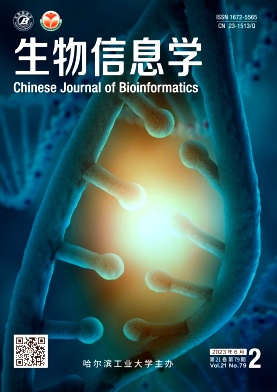
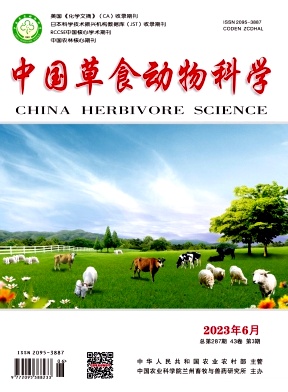
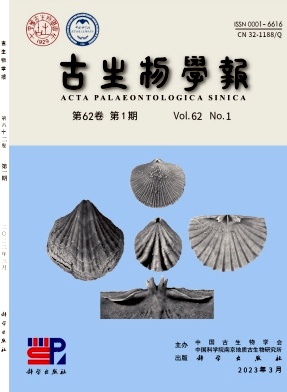
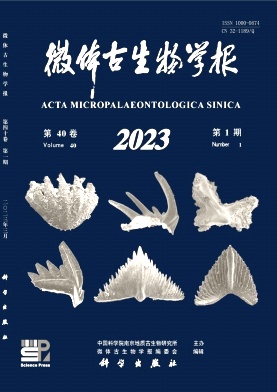

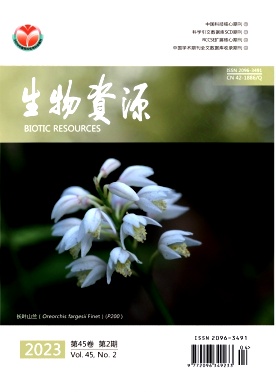


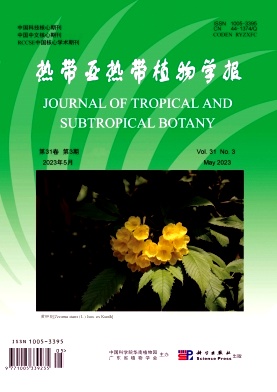
点评详情